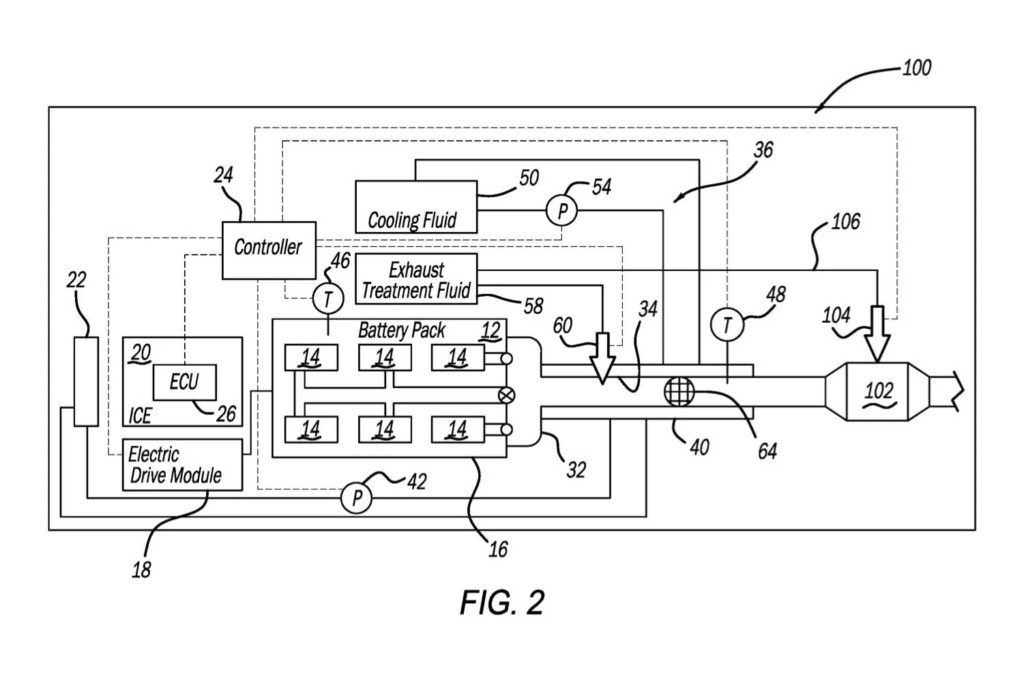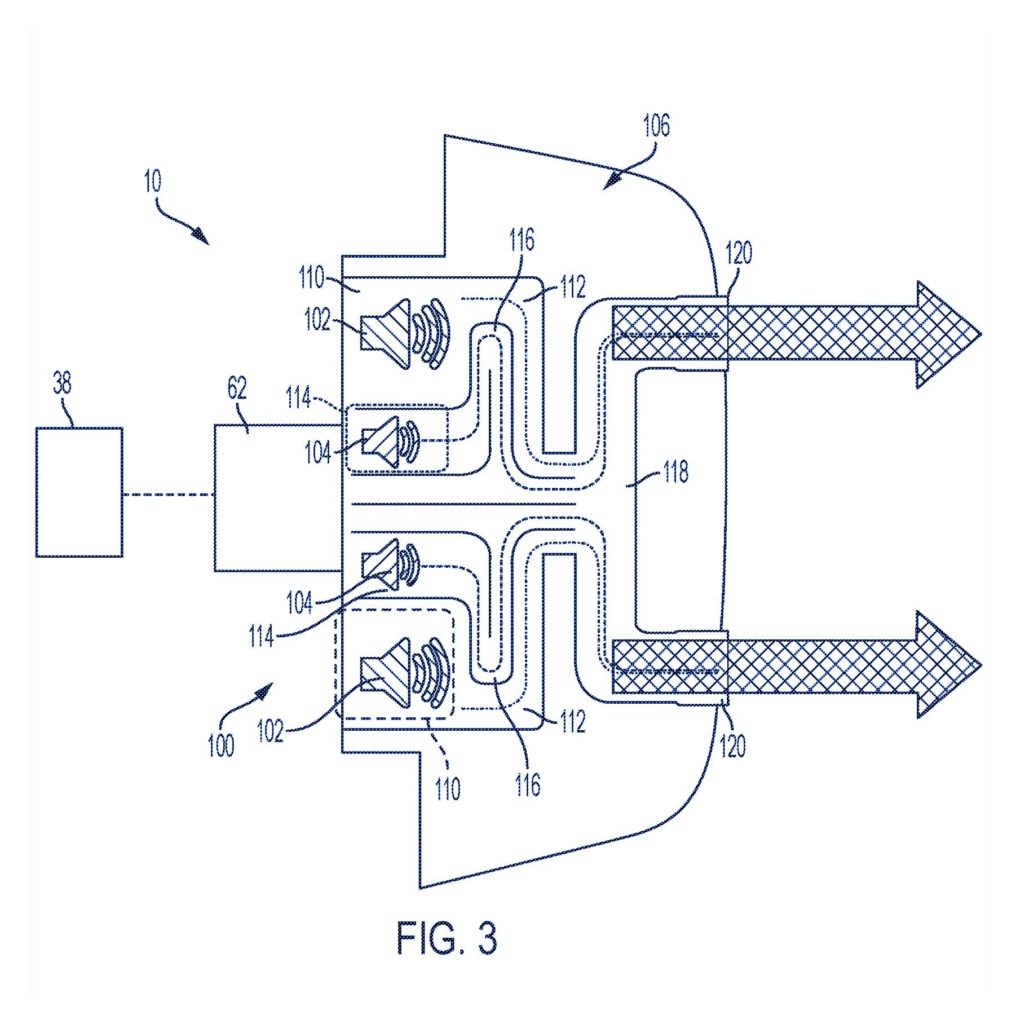
The idea of an exhaust system for electric cars seems at first sight surprising, even absurd. Indeed, exhaust systems seem superfluous on an electric vehicle, which generates no exhaust gases. And yet.., Stellantis may well have found a way to integrate such a system into its electric vehicles for a very specific reason: safety.
As reported on the greencarreportsOn January 16, the United States Patent and Trademark Office (USPTO) published a patent filed by Stellantis in 2023 for an exhaust system for electric vehicles. The aim? Prevent battery fires by controlling the flammable gases generated by thermal rupture.

Thermal failure can occur when the battery of an electric vehicle overheats. During thermal failure, the battery may release flammable gases such as hydrogen, methane, ethylene or butane. These gases can ignite in the presence of the high temperatures generated by the faulty battery, creating a fire hazard. Stellantis proposes a system to control these gases by eliminating them or reducing their quantity before they become a threat.
The patent filed by Stellantis describes an exhaust system to vent battery pressure while chemically treating these gases. This is reminiscent of the way catalytic converters work on internal combustion vehicles, treating exhaust gases to reduce their toxicity.
Stellantis has designed new STLA modular platforms, capable of accommodating both internal combustion engines and electric motors. This means that exhaust systems can be integrated into both combustion and electric vehicles.
The latest example of the use of these modular platforms is the exhaust system designed for the Dodge Charger Daytona EV. Although not designed to handle flammable gases, this system generates the vibrations and noise characteristic of a V-8 engine, to recreate the sound and sensory experience of a combustion-powered car. The idea of adding an exhaust system, not for gases, but for sound and safety, seems perfectly in line with this logic.

Returning to the patent, although this battery exhaust system appears to be a solution of last resort, Stellantis is not alone in working on this subject. In 2019, Bosch proposed a pyrotechnic solution to quickly cut the electrical connections between the battery and the rest of the vehicle in the event of a thermal rupture. These solutions are not intended to prevent the phenomenon from occurring in the first place, but to limit damage once it has occurred, making rescue operations safer and quicker.
The safety of electric vehicles is an often-debated subject. However, according to the Institute for Highway Safety (IIHS), the risk of fire, while worrying, remains marginal.